25 Kenya Education Facts (learn about Kenya education system)
Did you know that high education is in full expansion in Kenya? Or that sanitary pads are free for all schoolgirls in Kenya?
Discover everything through these 25 interesting Kenya education facts! 🇰🇪 🎓
The Best Facts About School in Kenya
Kenya is a country located in Eastern Africa. Its agriculture is very reputed, as well as its wildlife, and its capital city is Nairobi, which counts almost 4.4 million inhabitants (but more than 10,400,000 if you include the metropolitan area!).
An interesting part of the country that I wanted to tackle is its education. In light of that, I have listed my 25 best facts about school in Kenya, and I hope you will love them:
1. There are more than one million Kenyan children that are still out of school
Decent progress is being made in Kenya. At the moment, more than one million children are still out of school, but that number was double as high in 1999.
This is obviously a huge issue for the country, and this number is the thirteenth highest of any country in the world.
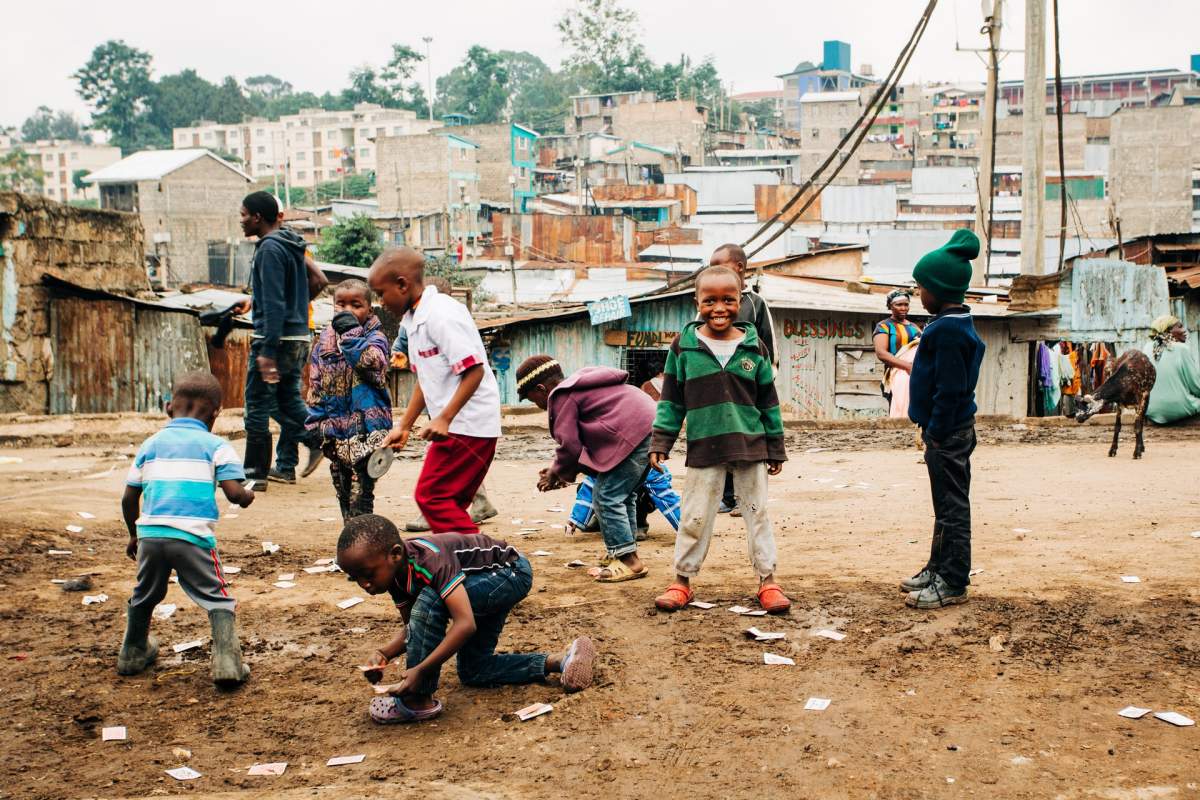
2. Primary education in Kenya is definitely not of sufficient quality
There are many problems concerning the education of Kenya, but this is one of the most important ones: without decent basic education, children are doomed to leave school or be illiterate.
In fact, among men aged 15 to 29 who left school after 6 years, 6 percent are illiterate.
3. Literacy and school dropout figures are bad in Kenya, even more for girls
Again, because of a lack of decent quality education, many Kenyan children drop out of school.
26 percent of men dropping out are only semi-literate, and it is even worse for women. 9 percent of them are illiterate, and 30 percent are semi-literate… after 6 years of school!
4. Literacy rates for women in Kenya are still problematic
Much progress has been made in Kenya education system in the past few years.
Nevertheless, Kenyan women’s literacy rate has worsened over the years: 24 percent of them were either illiterate or semi-literate in 2003, and this number rose up to 39 percent in 2008.

5. Children coming from poor families have less chance of making it to school
Whatever progress is made towards having better education in Kenya, it does not always reach the marginalized.
In fact, poor Kenyan children are not likely to attend school: 43 percent of poor boys have never been to school, and 55 percent of girls (in some regions).
6. Secondary school tuition fees were abolished, but it is still too much for poor families
Secondary schools used to have tuition fees in Kenya. This was abolished however, and helped families send their kids to secondary and hopefully higher education.
However, indirect costs like school materials and transportation are still way too much for poor families to handle: 12 to 20 times their income!
7. $164 is allocated to compensate for secondary school fees in Kenya
In order to abolish secondary school tuition fees, $164 was allocated… but that is 10 times the annual amount received by primary schools (per pupil).
While the government increased its investment, it would work better if it were focused on remote rural areas and settlements.
8. The Kenyan government has not stopped investing in its education
If there is one thing that is consistent in Kenya’s education system, it is definitely the government’s investment.
Despite huge economic downturns, it has never stopped spending its budget on education: the expenditure went from 5.4 percent in 1999 to 6.7 percent in 2010 and is still growing.
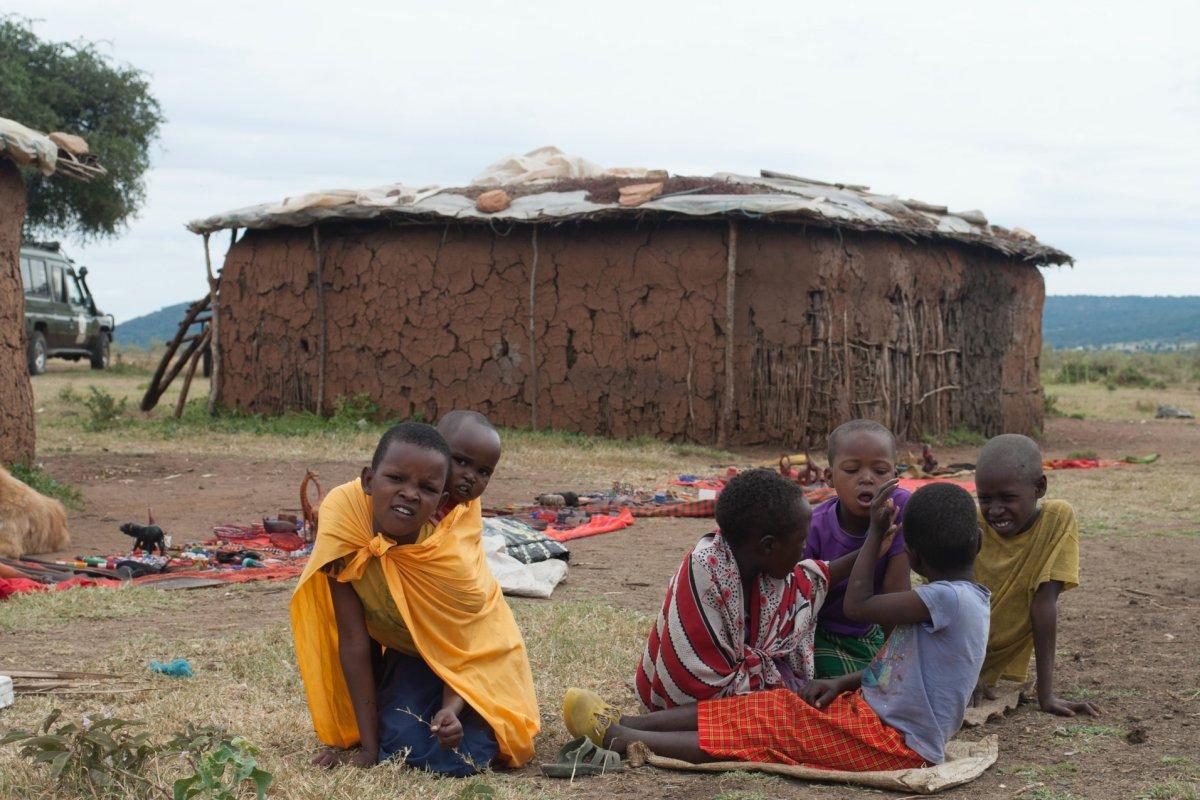
9. Only 4 percent of the education budget is funded by aid in Kenya
For a sub-Saharan African country, Kenya’s education budget is barely getting any funding from aid: only 4 percent.
Considering its drastic problems, you could wonder why no more help is given to Kenya… but the situation is probably even worse in neighboring countries.
10. 1 in 10 young people never complete primary school in Kenya
While the Kenyan government does not neglect the country’s education, many inhabitants do.
This is due to their mindset, as they do not even think of education as a right or a necessity. Because of this, long-term effects afflict Kenyan children, and 1 in 10 young people never complete primary school.
11. More than 25 percent of young people do not have foundation skills
Unsurprisingly, if Kenyan children do not attend primary school enough, they won’t attend secondary school.
This is a real bane of the country: more than a quarter of young people have less than a lower secondary education and lack foundation skills.
12. Rural areas are severely hit when it comes to secondary education in Kenya
Rural areas in Kenya are very hard to reach. They are usually made of small villages or settlements, in the middle of nowhere. Whether people need water or to attend school, they need to walk for a long time.
Because of this, 32 percent of young women and 27 percent of young men who live in these isolated conditions have less than a lower secondary education.
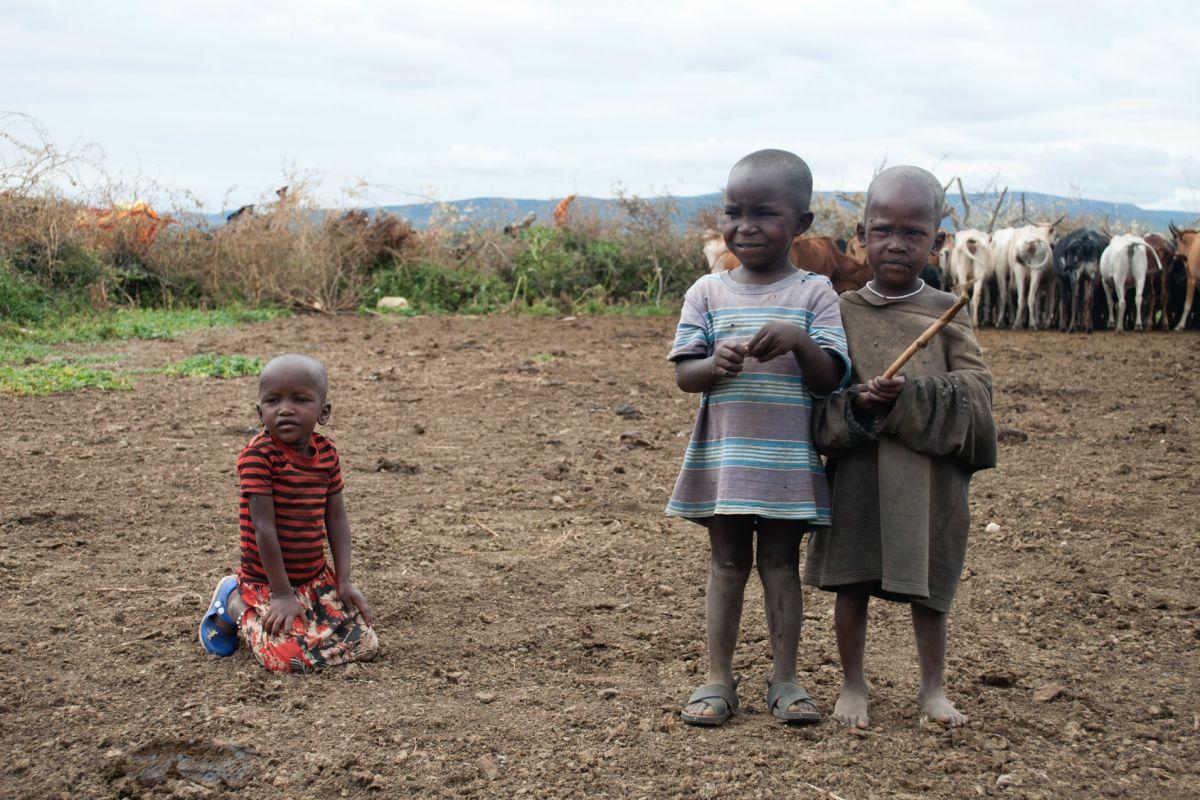
13. Many Nairobi inhabitants live in slums and cannot attend school
Nairobi, the capital city of Kenya, also faces issues when it comes to education: rural areas are not the only ones.
While there are many rich people in Nairobi accessing the best schools in the country, there are also many of them living in slums. These people cannot attend school, because sometimes there isn’t even any.
14. The majority of people living in Kenyan slums have no jobs
Only approximately one out of five 19 to 20-year-olds living in Kenyan slums have a trained skill, and only half of them can use it to earn an income.
Around 50 percent of men and 80 percent of women aged 15 to 24, living in slums, have no income-generating jobs.
15. Higher education in Kenya has been rapidly expanding in the past years
Education, in general, is slowly but steadily becoming better and more accessible in Kenya, and this goes for higher education as well.
There used to be only 5 public universities in the country in 2005, and there are now 29, with 20 more planned for the upcoming years.
There you go, you now know all of my 15 best facts about Kenyan education. But wait, do not go anywhere: there are still 10 more, dedicated to women and education in Kenya:
Girls Education in Kenya Facts
Women’s education has always been a problem in Kenya. Because of this, I absolutely needed to talk about it, in these 10 last facts about girls’ education in Kenya:
16. Depending on the region, girls’ school attendance in Kenya is still very low
Thanks to the government’s 2003 law making primary education free, school attendance increased a ton over the years, including girls’.
However, this problem still remains in some regions: only 19 percent of girls are in school in these poor areas, where gender inequality is particularly high.
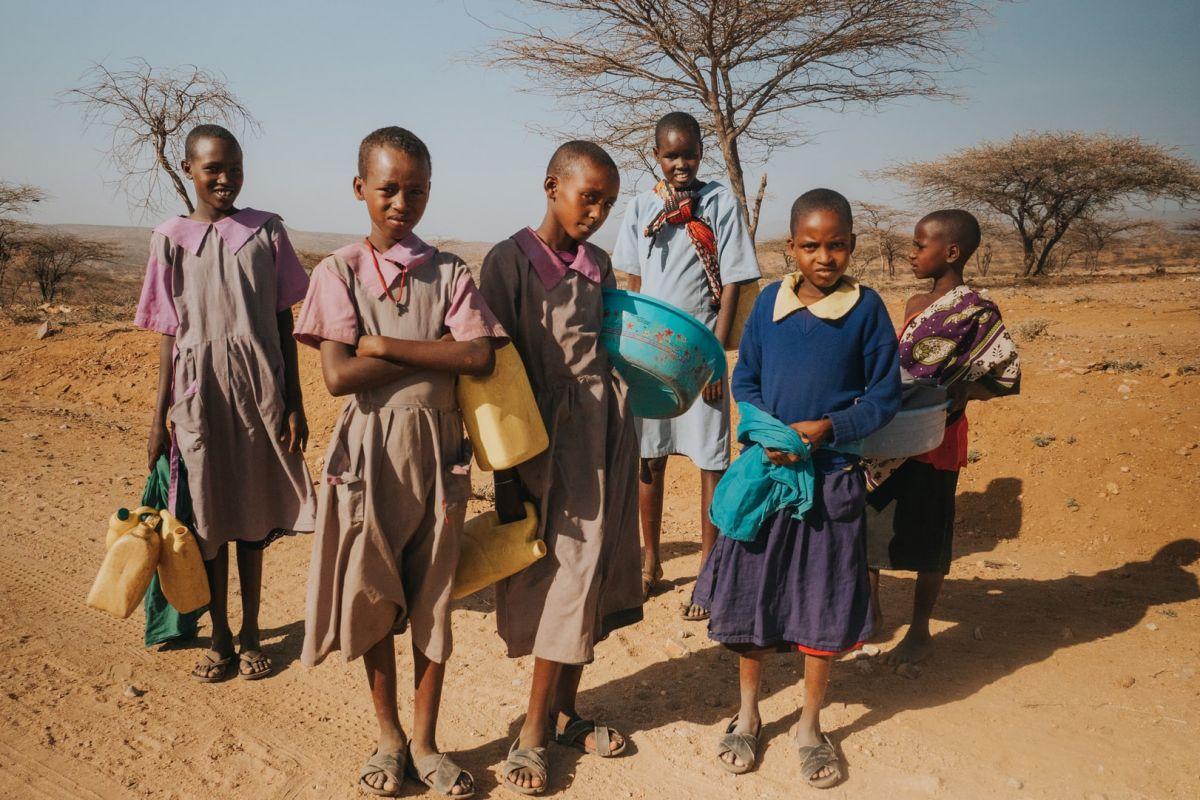
17. There is a very high dropout rate when it comes to Kenyan girls
Sadly, there are still many Kenyan children who drop out of school before finishing it.
From the number of students enrolling in their first year of school, less than one in five make it to the end, in their eighth year. This is even worse for girls.
18. Female genital cutting is a Kenyan tradition that affects girls’ education
Historically and culturally, female genital cutting has always been a thing in Kenya.
This highly depends on the regions, but in some of them, 89 percent of the female population have gotten their genitals removed. Not every Kenyan girl is affected, but marginalized areas like Maasailand are where this is mostly happening.
19. Kenyan girls are expected to join their husband’s family
Generally speaking, sending children to school in Kenya is a huge loss for poor families. Not only do they have to pay for school materials, but they also lose someone to help in the household.
Because of this, girls usually stay with their family very early, in order for them to quickly find a husband and join his family.
20. Because of their menstrual cycle, some girls cannot attend school in Kenya
The menstrual cycle is inevitable and is of course something only girls can suffer from.
In a country where gender inequality is still very high, it is not a surprise that there are no affordable sanitary products for girls, and, as a result, 1 in 10 girls misses school because of this.
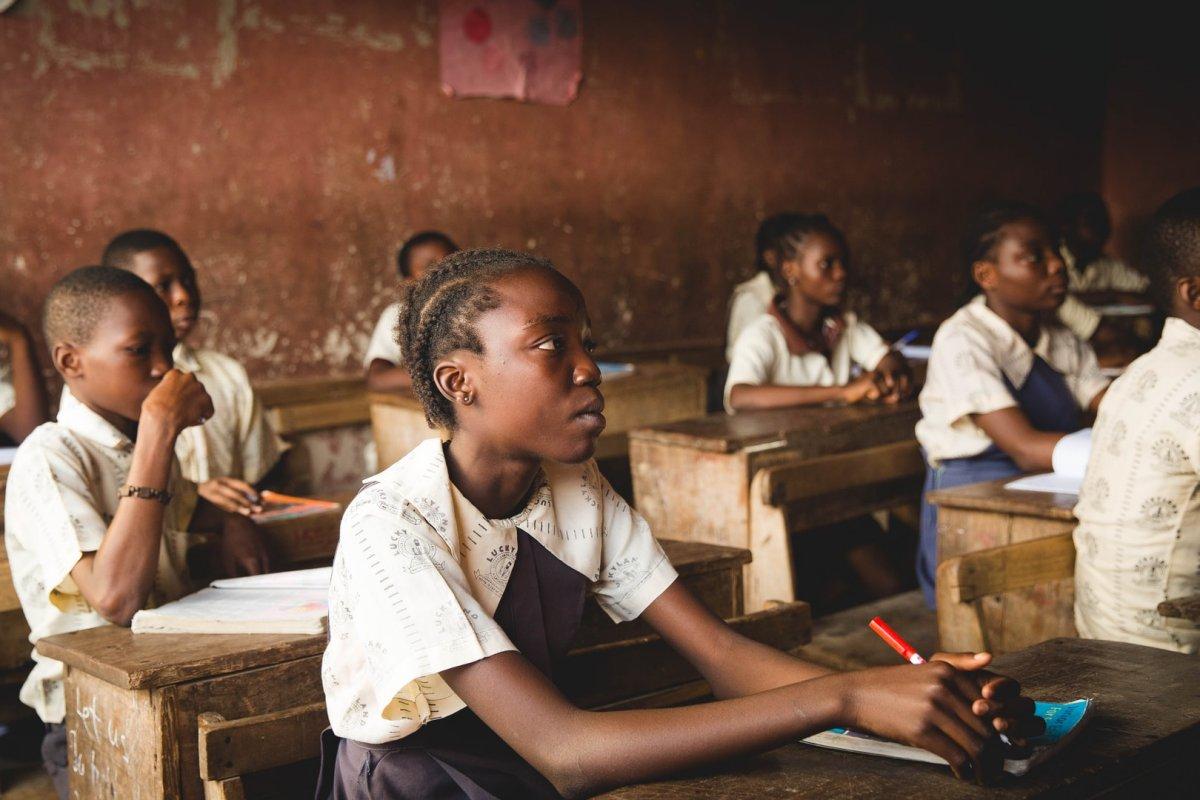
21. The Kenyan government provided free sanitary towels to schoolgirls in 2017
President Uhuru Kenyatta and his government were aware of the sanitary issues in schools, specifically for girls.
Thus, they provided free sanitary towels to schoolgirls in 2017, as well as an allocation of $4.6 million to the gender department ministry for the project.
22. If only Kenyan girls would be able to finish their secondary education, everything would be different
The fact that barely any Kenyan girl gets to finish her secondary education is truly a tragedy for the whole country, even though they do not necessarily realize it.
Only one more year of secondary education for a girl in Kenya results in an over 25 percent increase in wages!
23. Kenyan girls almost never attend university
If Kenyan girls were to finish their secondary education, child marriage would be reduced by at least 50 percent!
However, this almost never happens, so there are barely any girls in Kenyan universities: in Narok North, only 1 percent of girls are enrolled in university!
24. Educating girls in Kenya could break the illiteracy and poverty issues
It was proven, and this is not only about Kenya: educating everyone is the best way to escape poverty and illiteracy.
In Kenya, the big difference is between boys and girls, and educated mothers tend to have healthier kids, who are more likely to attend school, so educating girls could really help the country as a whole.
25. Improvement is still being made in Kenya
Don’t get me wrong, there is still a lot to do in Kenya’s education system to make it better, especially for girls.
However, there has still been some improvement over the years. Child mortality was reduced, gender gaps are still very present but slowly reducing as well, and primary school enrolment is now almost universal.
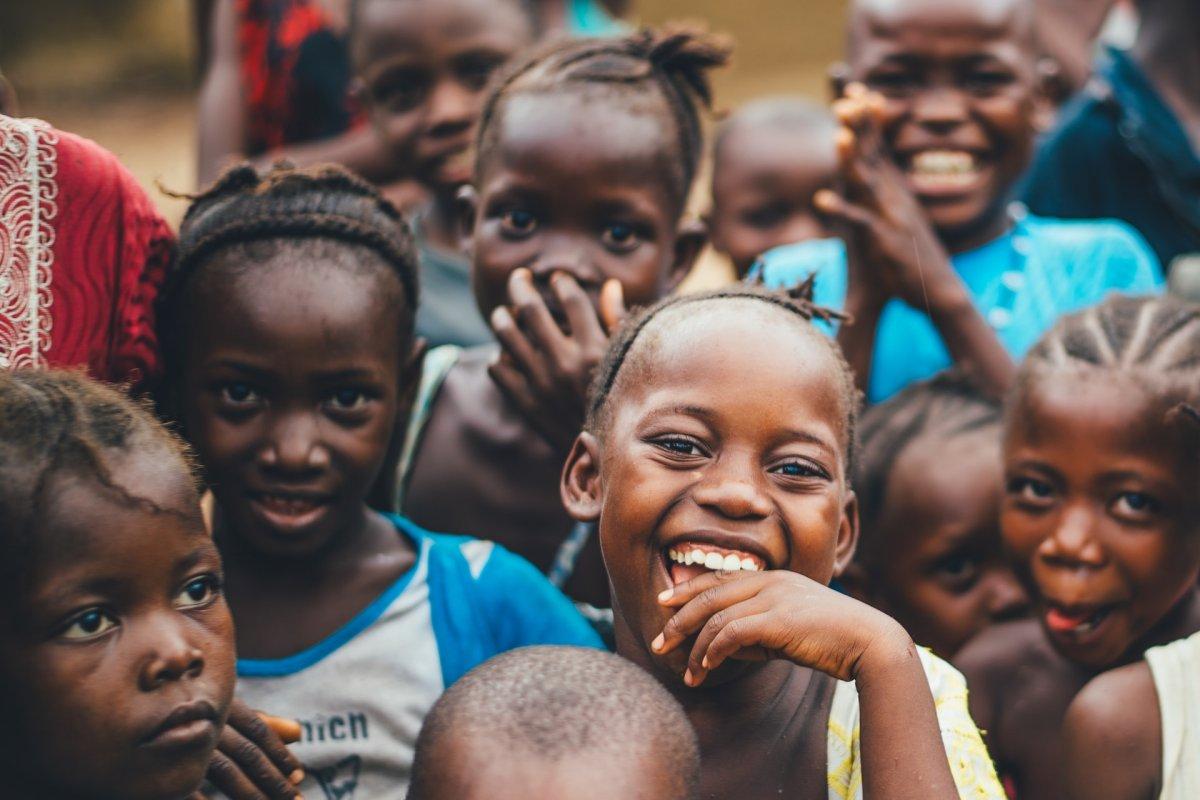
So there you have them, these were all my 25 Kenya education statistics and facts. I hope you enjoyed them and that you learned something new today.
In case you want to learn more about the rest of the country, feel free to keep reading, as I still have lots of things to tell you about:
Kenyan School Hours
Let’s keep going with our next part, dedicated to Kenyan school hours. The typical school schedule in one country can often be very different from your own, and it’s always interesting to have more details on how students go on about their day.
Kenya Primary School Schedule
Kenya’s education system is based on an 8-4-4 model: 8 years of basic education, four years of secondary education, and four years of the undergraduate curriculum.
Education is compulsory at the age of 6, and up until the age of 14.
Primary education is free for everyone (since 2003), and there are 3 steps: lower, middle, and upper primary school. These correspond respectively to grades 1 to 3, grades 4 to 5, and grades 6 to 8.
There is an exam at the end of primary school, called the KCPE, or the “Kenya Certificate of Primary Education” examination.
The Kenyan school year typically runs from January to October or November.
The school day lasts from 8:20 AM to 4:30 PM. There are five hours of classes and the rest is games.
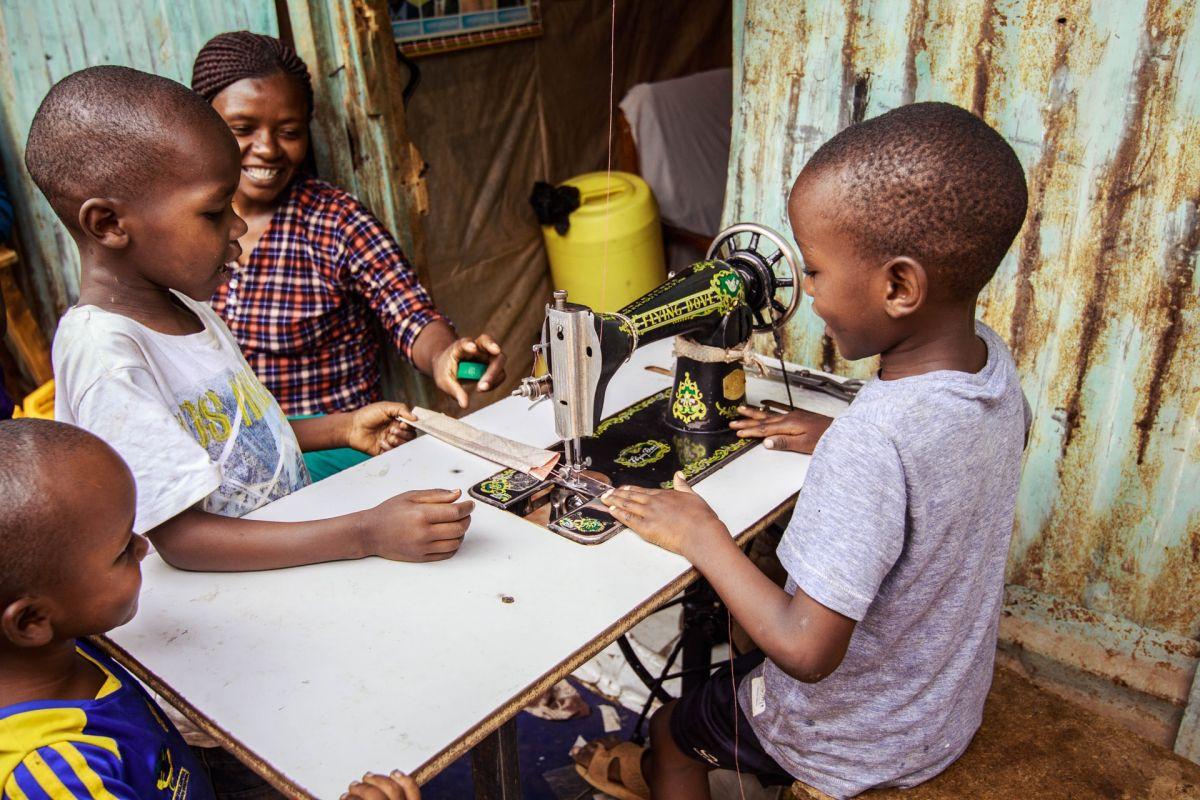
Kenyan High School Schedule
While the secondary school in Kenya is free, it is not mandatory.
The secondary cycle consists of 4 years organized into two two-year stages. At the end of secondary school, students pass the “Kenya Certificate of Secondary Education” examination.
They will need it if they want to attend universities and other technical and vocational institutes.
General Facts About Schooling in Kenya
This last part is dedicated to general facts about schooling in Kenya. More specifically, we’ll check 2 key figures that will give you a better understanding of the education level in Kenya.
Enrollment in tertiary education for Kenya: 4.05%
(Average for regions: Sub-Saharan Africa: 8.6% | South Asia: 20.8% | Arab States: 36.4% | East Asia: 36.5% | Latin America: 43.3% | Europe and Central Asia: 62% | North America: 84%)
Data from World Bank EdStats/UNESCO
Kenya literacy rate: 78%
(Average for regions: Sub-Saharan Africa: 65.3% | South Asia: 72.9% | Arab States: 79.4% | Latin America: 93.7% | East Asia: 95.8% | Europe and Central Asia: 98.5%)
Data from World Bank EdStats/UNESCO
More Education Facts!
Do you want even more education facts about other countries?
Check out these facts:
Or click here to see ALL the education facts up on the blog!
The Full List of 25 Kenyan School Facts
- There are more than one million Kenyan children that are still out of school
- Primary education in Kenya is definitely not of sufficient quality
- Literacy and school dropout figures are bad in Kenya, even more for girls
- Literacy rates for women in Kenya are still problematic
- Children coming from poor families have less chance of making it to school
- Secondary school tuition fees were abolished, but it is still too much for poor families
- $164 is allocated to compensate for secondary school fees in Kenya
- The Kenyan government has not stopped investing in its education
- Only 4 percent of the education budget is funded by aid in Kenya
- 1 in 10 young people never complete primary school in Kenya
- More than 25 percent of young people do not have foundation skills
- Rural areas are severely hit when it comes to secondary education in Kenya
- Many Nairobi inhabitants live in slums and cannot attend school
- The majority of people living in Kenyan slums have no jobs
- Higher education has been rapidly expanding in the past years
- Depending on the region, girls’ school attendance in Kenya is still very low
- There is a very high dropout rate when it comes to Kenyan girls
- Female genital cutting is a Kenyan tradition that affects girls’ education
- Kenyan girls are expected to join their husband’s family
- Because of their menstrual cycle, some girls cannot attend school in Kenya
- The Kenyan government provided free sanitary towels to schoolgirls in 2017
- If only Kenyan girls would be able to finish their secondary education, everything would be different
- Kenyan girls almost never attend university
- Educating girls in Kenya could break the illiteracy and poverty issues
- Improvement is still being made in Kenya
Share the knowledge Click on the buttons below to share these Kenyan school facts with your friends, and help them learn more about the world 🙂


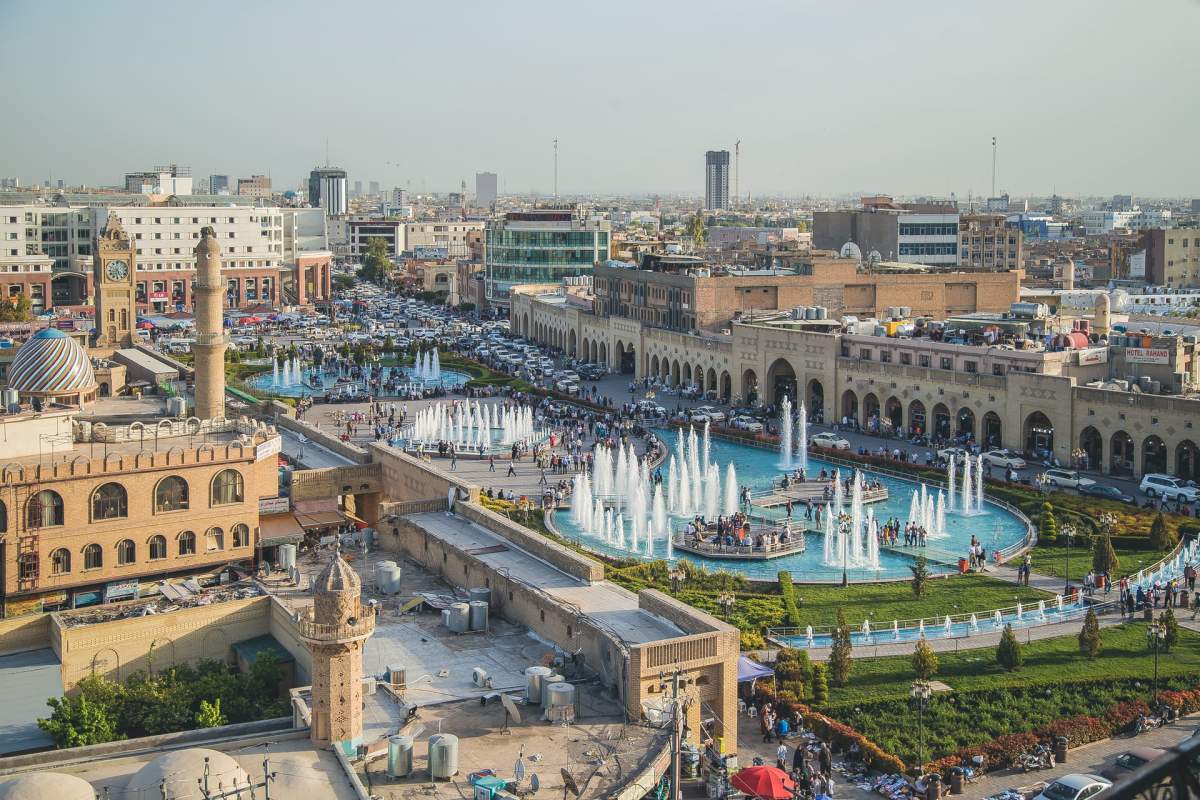
![25 Interesting Facts About Spanish Schools [100% true]](https://www.kevmrc.com/wp-content/uploads/2022/03/25-interesting-facts-about-spanish-schools.jpg)